Trees are wonderful decorations for any occasion and location. They may increase the value of a home, promote health, and provide shade and solitude. Some trees grow at a glacial pace, like the white cedar which on average only grows about 3 in annually. However, other trees will grow to a substantial height in roughly 5 to 7 years.
Here are some of the fastest-growing trees and how to care for them if you want to see the results of your labour as soon as possible.
5 Fast Growing Trees
Fast-growing trees are not only widely selected for their aesthetics but also because of their ability to provide privacy and shade. Since people want to see the results of their landscaping design quickly, fast-growing privacy trees are quite popular.
Here are some examples of fast-growing trees:
- Hybrid Poplar
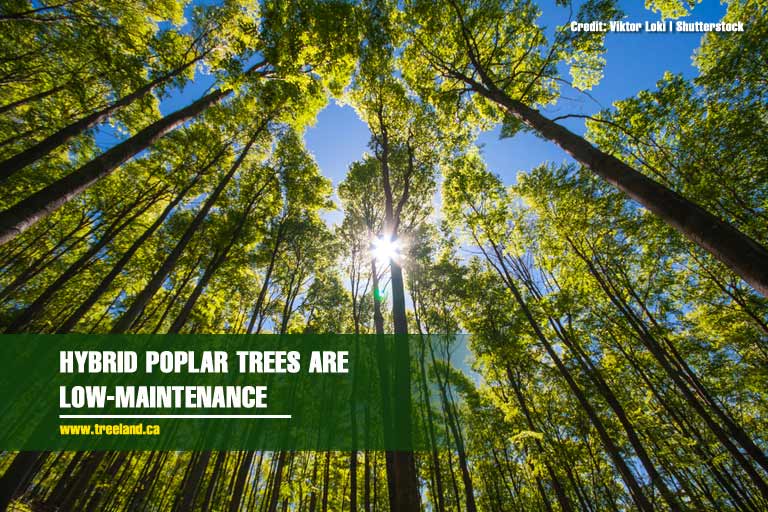
Hybrid poplar trees require very little upkeep. Hybrid poplars are the perfect low-maintenance trees for anyone with a busy lifestyle. These trees can grow to be 50 to 60 feet tall and can grow 5 to 8 feet every year until they reach maturity. In 6 years, hybrid poplar trees will reach their full capacity. Because hybrid poplar trees can reach a spread of 20 to 35 meters, they are often utilized for shade.
- October Glory Red Maple
This tree is well-known for its lovely appearance. It’s a fast-growing tree that also makes a great shade tree. It’s expected to increase at a moderate to fast rate. This tree can grow 13 to 24 inches per year, and it can reach a maximum length of 40 to 50 feet, similar to hybrid poplar trees. You’ll witness little flowers budding in the spring, green leaves in the spring, and beautiful crimson foliage in the late fall and early winter. Not only can this tree give shade, but it may also serve as a beautiful focal point in your home.
- Green Giant Arborvitae
The fact that the big green arborvitae is wind resistant is one of its outstanding features. This is the tree for you if you live in a place that’s prone to winds and heavy snow. These trees also make excellent screens and hedges. It reaches a height of 50 to 60 feet and a spread of 12 to 20 feet. If you’re going to use this sort of tree as a screen or hedge, space them 5 to 6 feet apart.
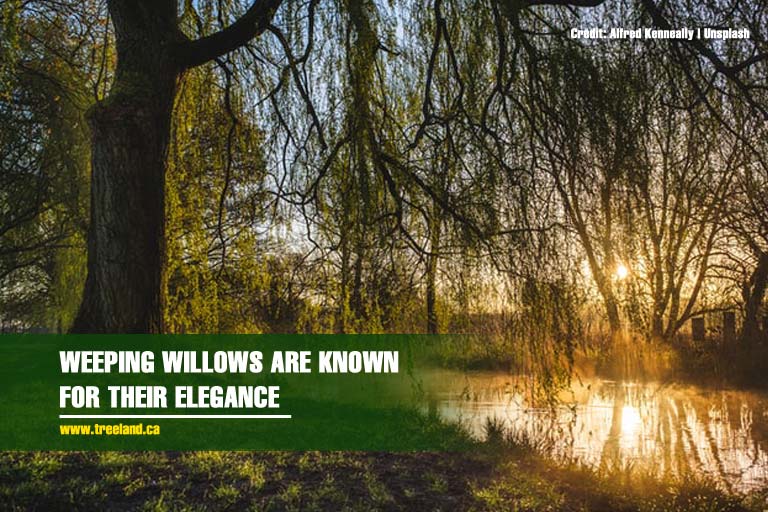
- Weeping Willow
The weeping willow has tall branches that form an arch, creating a canopy that can occasionally reach the ground beneath the tree. It can reach a height of 30 to 50 feet and has a spread of 30 to 40 feet. It has a wide range of adaptability and can thrive in a variety of soils. In the spring, yellow flowers appear, and in the autumn, slender green leaves become yellow.
- Leyland Cypress
If you require complete privacy, you must have Leyland cypress trees in your location. It can grow 3 to 5 feet per year until it reaches 40 to 60 feet in height at maturity. It’s tall and shaped like a cone. If you plant a row of Leyland cypress trees, you’ll have a dense wall that keeps people and noise out of your property. It’s drought-resistant and easy to grow, making it an excellent natural privacy screen for homeowners.
A Guide to Caring for Your Fast-Growing Trees
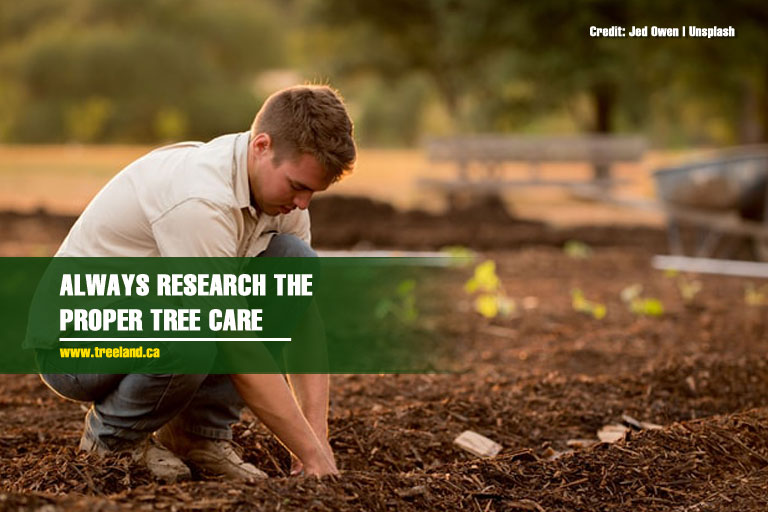
Now that you’ve had some time to consider the fast-growing trees you’ll be purchasing for your home, it’s time to learn how to care for them. After all, even if they’re very straightforward and low-maintenance to develop, they’ll still require your attention to ensure that they reach their full potential.
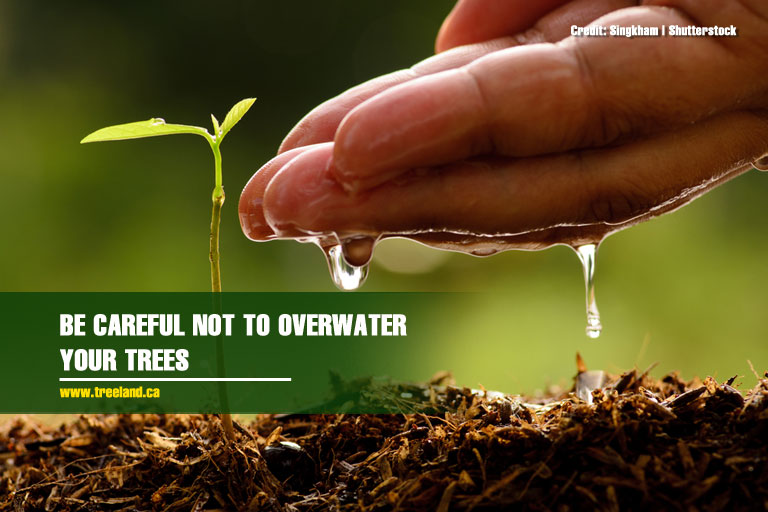
- Regular Water Schedule
Always ensure that the soil is damp though never to the point of becoming soggy. Overwatering your trees can be just as destructive as not watering them at all.
Tree watering bags are one technique you can use to maintain regulated water volumes and schedules. These are pouches that are attached to the bottom part of the tree and are either green, brown, or black in colour. Within 4 to 6 hours, these pouches will release water. Your trees will grow faster and healthier as a result of regular hydration. However, as much as you’d like to use these tree watering bags, you can only use them for 2 to 3 months, and you should remove them during the winter.
- Protect Your Growing Tree from the Natural Elements
Many environmental conditions might wreak havoc on your budding tree. For example, harsh weather may occur, and the wind may be too great for the young tree to withstand. Tree shelters protect your tree from animals, insects, and changing weather. These are protective tubes that you place over the tree. Depending on the tree you have, the diameter, length, and colour of these treehouses will vary. It works by creating a greenhouse climate for the tree, as well as providing protection for up to 7 years.
- Regular Pruning Sessions and Insect Control
Pruning sessions should be done on a regular basis to remove dead branches and leaves and foster new development. Pruning your trees on a regular basis will help you to keep them in good shape and protect your home and those around you. Just keep in mind to use the proper tools and to avoid pruning in the fall.
Controlling insects and pests is also crucial. Many insects and pests can gnaw their way through the branches and trunk, weakening it, or the insects may do too much damage to the leaves, resulting in reduced growth. Always keep an eye out for insects or pests that could be causing tree harm.
- Knowing the Right Zone for Your Trees
Temperature and weather have a significant impact on the health and growth of your trees. Before you plant a tree, make sure you know what zone you live in because some trees don’t fare well in specific temperatures. Because zones are defined by the average annual minimum temperature in the winter, if the plant you choose does not adapt well to your zone, choose a different one.
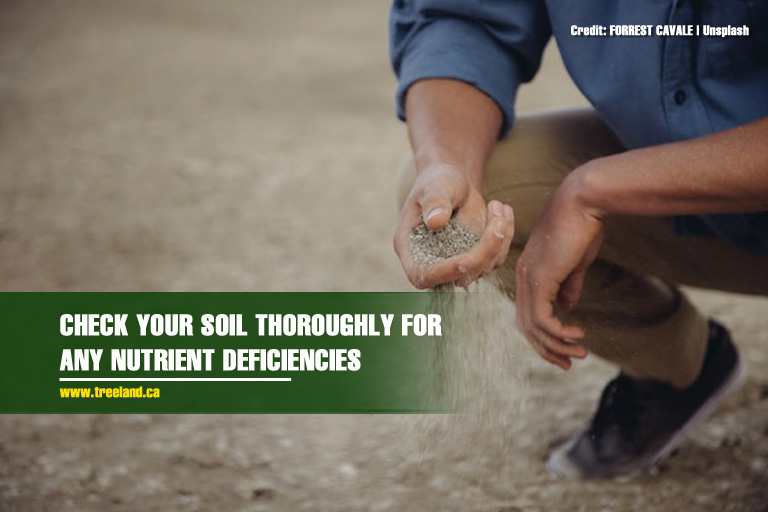
- Use the Right Fertilizer
Fertilizers are critical to the development of your trees. It promotes faster, higher, and healthier tree growth. Check your soil composition to determine which nutrients are missing from your soil. This way, you can determine what type of fertilizer works best for your tree.
- The Right Amount of Mulch
Mulch is available in both organic and inorganic forms. Organic mulch is created from decomposing organic materials such as leaves, woodchips, and bark. Landscape textiles or black plastic, on the other hand, can be used to make inorganic mulch. The primary function of mulch is to keep the soil moist. Aside from retaining moisture, it also aids in the prevention of weeds, which can be detrimental to your tree. It’s easy to suffocate a tree with mulch. To avoid this, just apply mulch that is 1 to 2 inches thick.
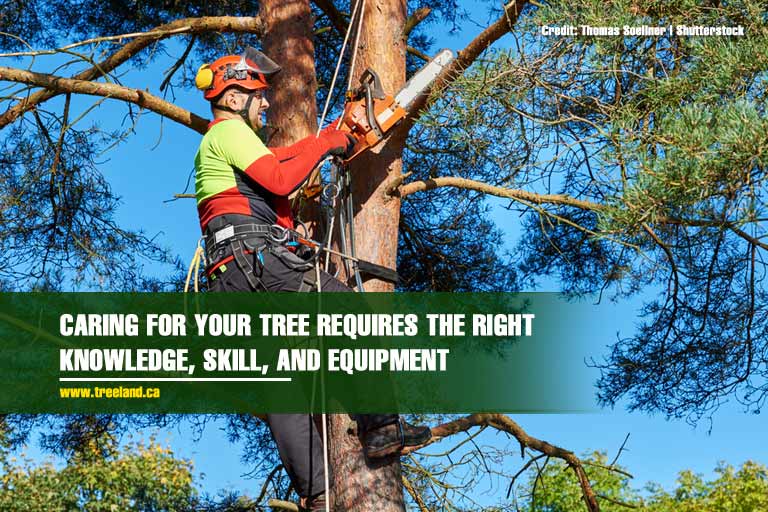
Tree care necessitates knowledge of not just the different types of trees, but also the different types of soil, fertilizer, and a variety of other factors that might affect the growth and health of your tree. By understanding these, you can ensure that your trees are healthy. If you want to use your tree for privacy, learn how to properly care for it, trim it, and prune it to achieve the form and size you want. Always make sure to follow a tree care guide so you can keep your trees healthy.
If you are looking for excellent privacy trees for sale in Toronto, reach out to Caledon Treeland at 905-880-1828 or treeland@treeland.ca. We will gladly help you find the tree that’s best for your garden.

